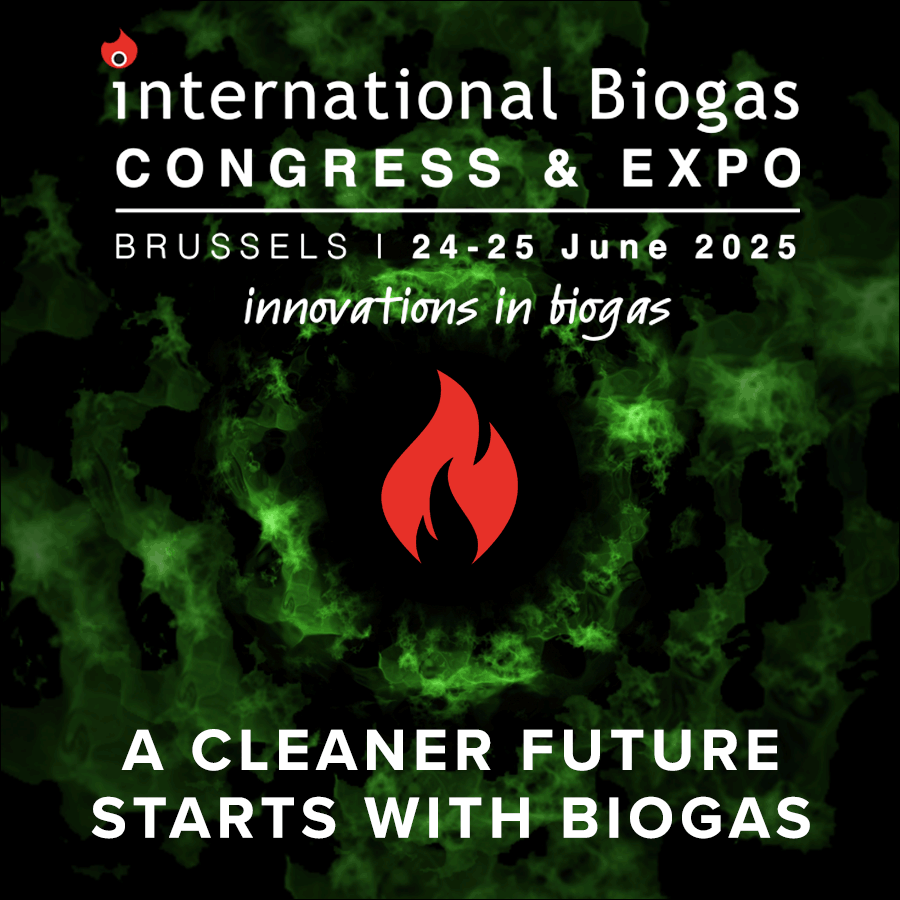FortisBC receives RNG from Lethbridge Biogas
Following the expansion of its facility to add a biogas upgrading system, Lethbridge Biogas has signed an agreement to provide FortisBC with up to 350,000 gigajoules of RNG annually. This is FortisBC’s third source of RNG from outside of British Columbia to date, as the firm continues to add new volumes of renewable gases and cut greenhouse gas (GHG) emissions.
Lethbridge Biogas has been operating its anaerobic digestion facility with a processing capacity of 100,000 tonnes per year since late 2013. In 2017, Lethbridge Biogas commissioned a thermal hydrolysis system, approved by the Canadian Food Inspection Agency, as a commercial application that provides ‘unique disposal services’ for animal by-products, including specified risk material.
From 2020 to 2021, Lethbridge Biogas added a biogas upgrading system to produce RNG for grid injection. The facility is the largest agricultural-based biogas facility in Western Canada and is unique in terms of design and scope across North America, said the company.
“GHGs don’t recognise provincial borders, so our efforts to combat them shouldn’t be limited by geographical borders either,” said David Bennett, director of renewable gas and low carbon fuels at FortisBC.
“That’s why, while we continue to develop local sources of RNG, we’re also searching for opportunities to bring more RNG supply into our system from outside of the province.
“Not only are we continuing to increase the amount of RNG in our system, we’re now working with a fellow RNG forerunner in Lethbridge Biogas. It’s an exciting time for us.”
Lethbridge Biogas’ director of operations, Stefan Michalski, added: “RNG has become a highly sought-after commodity to reduce the carbon footprint in the natural gas supply chain. We are extremely thrilled about the opportunity to be part of FortisBC’s RNG supply system.
“This is a significant milestone for us, as we finally see full recognition for the value our facility provides in the context of environmental sustainability and GHG reductions. This allows us to expand on future feedstock opportunities and to offer reliable disposal options for organic waste in the region for decades to come.”

























